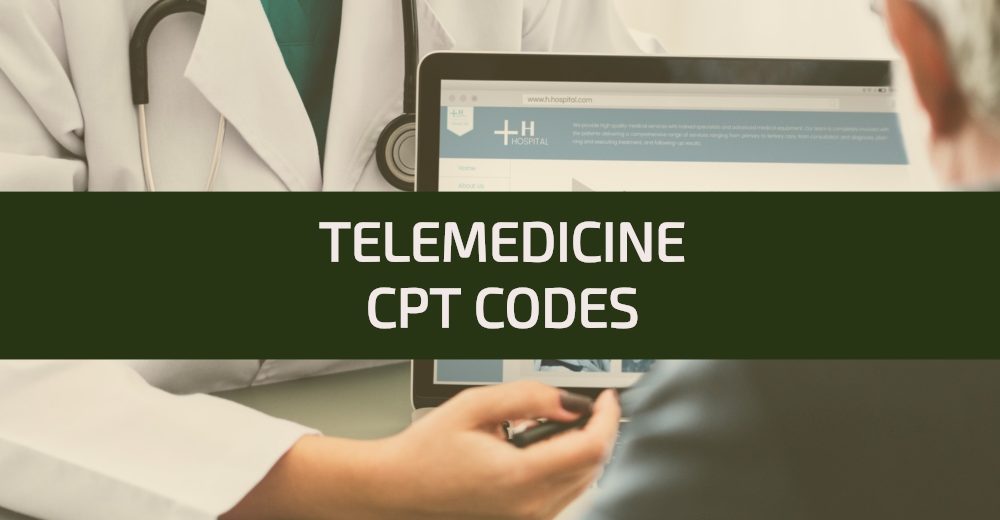Telehealth has become the game-changer in recent times and there are numerous coding options available when it comes to reporting telehealth visits.
Gone are the days when traditional face-to-face physician visits were the most frequently sought healthcare mechanism. Today’s healthcare industry is characterized by innovative care delivery models and telehealth tops the list with its interactive features and novel capabilities. Interestingly, telehealth has gained its long-overdue attention and credit in the wake of the global COVID-19 pandemic, which made in-office visits next to impossible. As the pandemic has wrought radical changes in literally everything, from routine life care to triage, telehealth is proving a boon.
Given the current state of healthcare needs, Medicare has temporarily relaxed some of the security and privacy, as well as geographic restrictions on telehealth visits, including the office visit codes. This is intended to facilitate the patients in acquiring virtual care, given they have access to an audio/video communication tool, through which they can interact with the provider. These visits can then be billed with the 99201-99215 series codes, adding the 95 modifiers.
There are a host of reporting options available for medical visits that fall outside the domain of conventional face-to-face office visits. Coding, however, remains the most important consideration. There are numerous options available for Medicare:
Office Codes (99201-99215)
According to the new visit codes, the 1135 waiver requires an established provider-patient relationship. However, during the current state of a public health emergency, HHS will not conduct any audits to ensure that any such prior relationship existed for claims submitted.
Any new visit codes 99201-99205 would likely need to be coded based on time, given the limitations of the medical examination. The established patient codes 99211-99215 could, however, be billed by counseling time or by documenting the level of history and medical decision-making associated with a given code level.
Virtual Check-Ins (G2012)
This code pertains to the brief check-in with the provider, particularly one which lasts between 5-10 minutes, via telephone or any other telecommunications device. Such a check-in is primarily intended to decide whether an in-person visit or any other service is needed. This option is provided to an established patient who does not originate from a related E/M service provided within the previous 7 days, nor leading to an E/M service or procedure within the next 24 hours.
E-Visits (G2061-G2063)
This code is intended for online digital E/M service for an established patient, for up to 7 days, for the cumulative time during the 7 days period. For Medicare these include the following:
- G2061: for up to 7 days, the cumulative time during the 7 days; 5-10 mins.
- G2062: for up to 7 days, the cumulative time during the 7 days; 11-20 mins.
- G2063: for up to seven days, the cumulative time during the 7 days; 21 or more minutes.
Private Payers
For patients who fall under the private payer category and some Medicare Replacement plans, the following codes are applicable:
- 99421: 5-10 minutes
- 99422: 11-20 minutes
- 99423: 21 or more minutes
While virtual care is booming, it has become all the more important to be well-versed about the relevant codes you can use for reimbursements. Reimbursements, however, tend to vary with the office visit codes which typically pay the most. One last tip for the practices – make sure you document your visit by noting down the date, time and duration of the encounter in your EHR system. You must also make sure that the relevant patient history and exam details are also recorded. That said, make sure you have the most up-to-date and accurate coding information.

Join the Discussion!